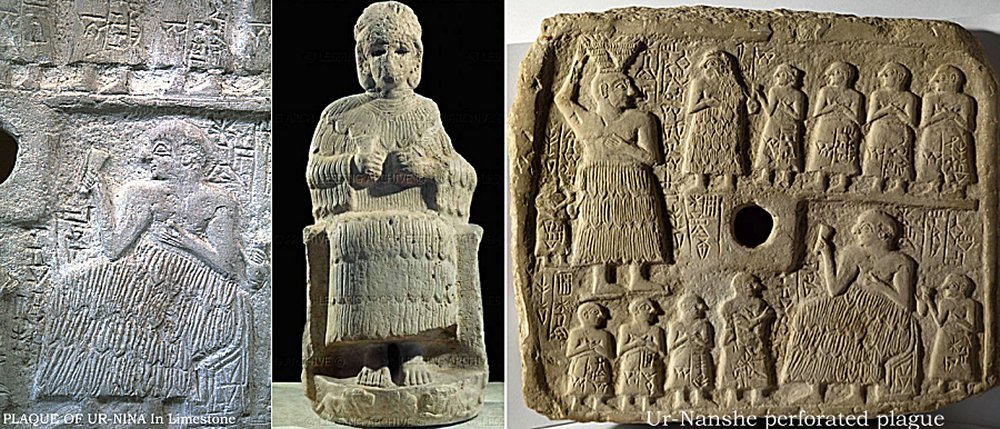Votive Plaque Dedicated To Dudu High Priest Of God Ningirsu
A.Sutherland - AncientPages.com - Votive plaques were characteristic and widespread pieces of art in the Second and Third Early Dynastic Periods (2800-2340 BC) of Sumer.
With round perforations in the center, they were decorated with diverse incised or carved scenes.
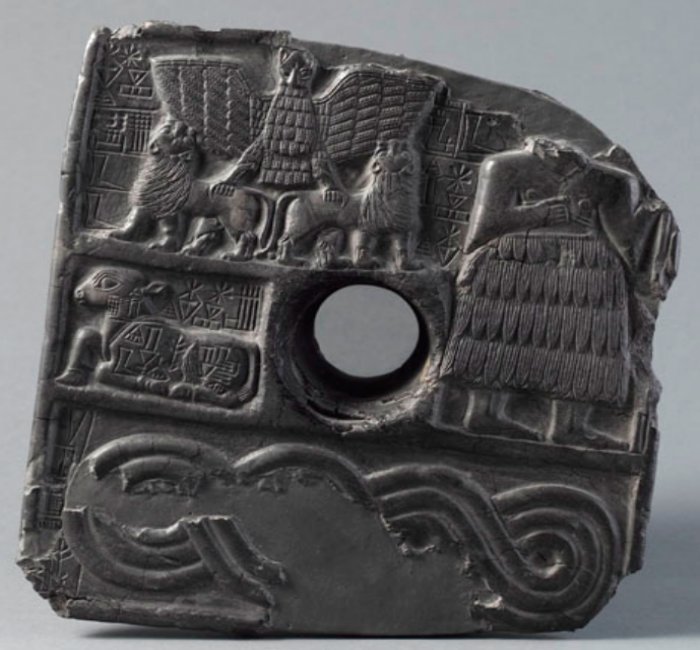
Perforated plaque of Dudu, the high priest of Ningirsu in the reign of Entemena, prince of Lagash (c.2450 BC). Credits: Louvre
This relief, with its central round perforation, is divided into four, horizontal parts (registers) and according to a Sumerian inscription, it depicts Dudu, the high priest of the god Ningirsu during the reign of Entemena - the king of Lagash, who reigned about 2418-2391 BC
Dudu’s figure occupies the height of two registers on the plaque and faces right; the figure is dressed in the kaunakes, (originally traced to the Sumerian civilization, which existed even before 4,000 BC), a skirt in sheep's wool or other tufted material.
Incised to his left is the lion-headed eagle, called Imdugud, a symbol of the god Ningirsu and emblem of Lagash, as found in other similar plaques from Telloh (Tello). The eagle is depicted with wings outspread, two lions gripped in his talons. In the middle, a calf is shown lying down, while the lower register is filled by a motif of running water, probably symbolizing the subterranean water reserves for crops or source of fertility.
The dedicatory inscription, confined to the area left free by the image in the upper part, runs over the body of the calf: "For Ningirsu of the Eninnu, Dudu, priest of Ningirsu ... brought [this material] and fashioned it as a mace stand."
See also:
Millennia-Old Sumerian Tripod Vase Dedicated To God Ningirsu, The Son Of Enlil
Ur-Nammu - Popular And Accomplished Ruler Of Sumer
Codes Of Ur Nammu: World’s Oldest Known Law Code
King Ur-Nammu – King Of Ur, King Of Sumer And Akkad – The One Who Built The Temple Of Enlil
Made of gypsum or limestone, the Sumerian perforated plaques are decorated with scenes from Sumerian life and have been excavated at many sites in Mesopotamia. About 120 of them are known to exist now and about fifty plaques were found in religious buildings.
They are usually rectangular in form and decorated with scenes incised or carved in relief.
The exact function of this kind of plaques is unknown, and so is the purpose of the central perforation. The inscription here at first led scholars to consider them as mace stands, but it seems unlikely.
Some have suggested they were to be hung on a wall, the hole in the center taking a large nail or peg, they could even part of a door-closing mechanism.
Perforated plaques such as this one were usually organized in horizontal registers, depicting various ceremonies, banquets, the construction of buildings (as in the perforated plaque of Ur-Nanshe), and other royal events.
Written by – A. Sutherland - AncientPages.com Senior Staff Writer
Copyright © AncientPages.com All rights reserved. This material may not be published, broadcast, rewritten or redistributed in whole or part without the express written permission of AncientPages.com
Expand for referencesReferences:
- Dickin, Pagan Trinity
More From Ancient Pages
-
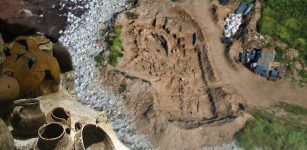 Ancient Pottery Found On The European Atlantic Coast Sheds Light On Cooking In The Bronze Age
Archaeology | Jan 16, 2024
Ancient Pottery Found On The European Atlantic Coast Sheds Light On Cooking In The Bronze Age
Archaeology | Jan 16, 2024 -
 Unique Ancient Aryan Bow Reconstructed By Archaeologists
Archaeology | May 20, 2022
Unique Ancient Aryan Bow Reconstructed By Archaeologists
Archaeology | May 20, 2022 -
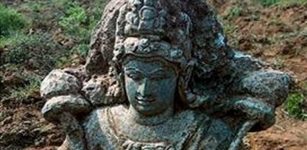 10th Century Sculpture Of Sun God Surya Accidentally Found In Farmland In Andhra Pradesh
Archaeology | Nov 16, 2020
10th Century Sculpture Of Sun God Surya Accidentally Found In Farmland In Andhra Pradesh
Archaeology | Nov 16, 2020 -
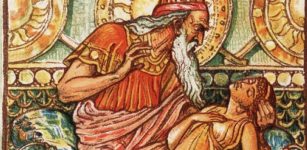 King Midas’s Gold Desire Became A Nightmare
Featured Stories | Nov 2, 2023
King Midas’s Gold Desire Became A Nightmare
Featured Stories | Nov 2, 2023 -
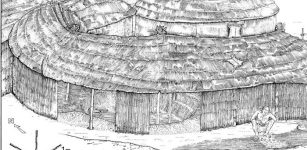 What Ancient Dung Reveals About Epipaleolithic Animal Tending
Archaeology | Sep 15, 2022
What Ancient Dung Reveals About Epipaleolithic Animal Tending
Archaeology | Sep 15, 2022 -
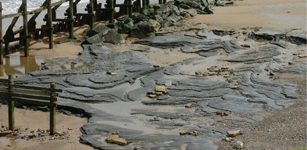 Human Footprints Dating Back 800,000 Years Discovered In Norfolk UK
Archaeology | Feb 7, 2014
Human Footprints Dating Back 800,000 Years Discovered In Norfolk UK
Archaeology | Feb 7, 2014 -
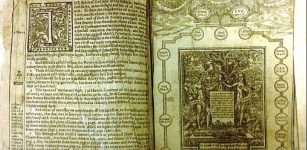 On This Day In History: The King James Bible Is Published For The First Time In London – On May 2, 1611
News | May 2, 2016
On This Day In History: The King James Bible Is Published For The First Time In London – On May 2, 1611
News | May 2, 2016 -
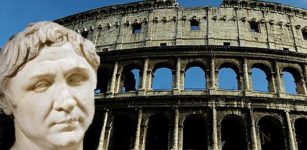 Pompey The Great: One Of Roman Empire’s Most Successful Military Commanders
Featured Stories | Jun 14, 2019
Pompey The Great: One Of Roman Empire’s Most Successful Military Commanders
Featured Stories | Jun 14, 2019 -
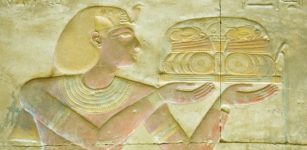 Table Manners And First Code Of Correct Behavior Were Introduced In Egypt 2,500 B.C. By Ptahhotep
Ancient History Facts | Oct 26, 2020
Table Manners And First Code Of Correct Behavior Were Introduced In Egypt 2,500 B.C. By Ptahhotep
Ancient History Facts | Oct 26, 2020 -
 Gigantic Asipatra: Terrifying Mythical Monster Bird In Hindu Beliefs
Featured Stories | Jun 14, 2017
Gigantic Asipatra: Terrifying Mythical Monster Bird In Hindu Beliefs
Featured Stories | Jun 14, 2017 -
 DNA Reveals Unique Ancestry Of Inhabitants Of The Angolan Namib Desert
DNA | Oct 3, 2023
DNA Reveals Unique Ancestry Of Inhabitants Of The Angolan Namib Desert
DNA | Oct 3, 2023 -
 China’s Ancient Water Pipes Show People Mastered Complex Engineering Without The Need For A Centralized State Authority
Archaeology | Aug 15, 2023
China’s Ancient Water Pipes Show People Mastered Complex Engineering Without The Need For A Centralized State Authority
Archaeology | Aug 15, 2023 -
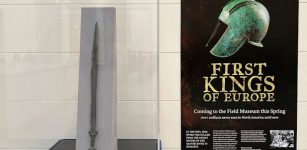 Surprising Discovery – Replica In The Field Museum Is A 3,000-Year-Old Sword
Artifacts | Jan 18, 2023
Surprising Discovery – Replica In The Field Museum Is A 3,000-Year-Old Sword
Artifacts | Jan 18, 2023 -
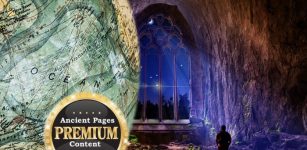 Strange Ancient Measurements Of The Earth Revealed – Ancient Texts And Physical Evidence Examined
Featured Stories | Apr 11, 2018
Strange Ancient Measurements Of The Earth Revealed – Ancient Texts And Physical Evidence Examined
Featured Stories | Apr 11, 2018 -
 Geronimo: Story About This Western Indian Chief Will Never Die
Featured Stories | Jul 21, 2018
Geronimo: Story About This Western Indian Chief Will Never Die
Featured Stories | Jul 21, 2018 -
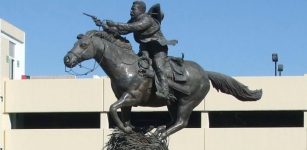 Pancho Villa – Mexico’s Robin Hood – A Ruthless Bandit Or A Hero?
Featured Stories | Jul 1, 2023
Pancho Villa – Mexico’s Robin Hood – A Ruthless Bandit Or A Hero?
Featured Stories | Jul 1, 2023 -
 First Detailed Academic Study Of East African Maritime Traditions Shows Changes In Boatbuilding
Archaeology | May 11, 2022
First Detailed Academic Study Of East African Maritime Traditions Shows Changes In Boatbuilding
Archaeology | May 11, 2022 -
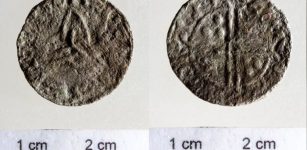 Surprising Discovery Of Ancient Silver Coin Depicting Viking King Harald Hardrada In Hungary
Archaeology | Jun 20, 2022
Surprising Discovery Of Ancient Silver Coin Depicting Viking King Harald Hardrada In Hungary
Archaeology | Jun 20, 2022 -
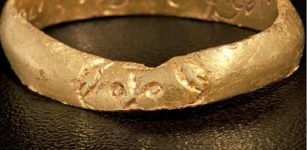 Skulls and inscriptions on three rings found by archaeologists in Wales
Artifacts | Aug 29, 2015
Skulls and inscriptions on three rings found by archaeologists in Wales
Artifacts | Aug 29, 2015 -
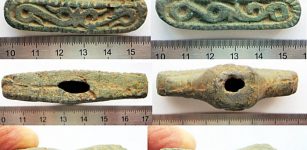 Fragments Of 100 Viking Swords Unearthed In North Estonia – Largest Find To Date
Archaeology | Oct 6, 2019
Fragments Of 100 Viking Swords Unearthed In North Estonia – Largest Find To Date
Archaeology | Oct 6, 2019

